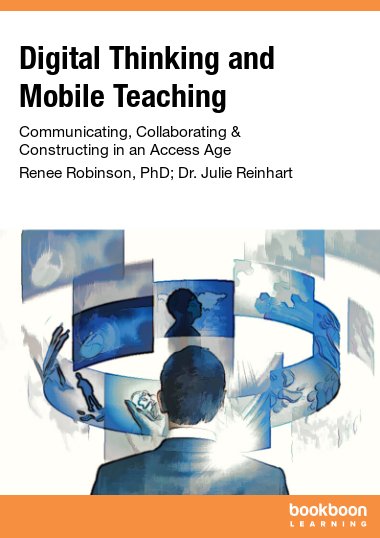A mobile device is any hand held tool that permits Internet access and allows for communication and collaboration between the end user and others; they are devices that are constantly connected to the Internet. Some specific examples of mobile devices include iPads, smart phones and tablets. Access to these devices has grown significantly as well as the mobile device’s capabilities. For example, The 2011 Horizon Report, sponsored by The New Media Consortium shares, “According to a recent report from mobile manufacturer Ericsson, studies show that by 2015, 80% of people accessing the Internet will be doing so from mobile devices. Perhaps more important for education, Internet- capable mobile devices will outnumber computers within the next year” (Johnson, et. al, p. 12). In part this outnumbering will occur due to mobile device advancements and the opportunities they provide regarding access to information, collaboration with others and construction of documents and other materials required of individuals’ personal and professional expectations and responsibilities. The increased pervasiveness of these mobile devices will significantly affect educational spaces in various ways.
Educators, as instructional designers and facilitators, will be directly impacted by mobile devices. While educators are experts in their specific fields, they frequently do not possess the knowledge and skills that manifest in the pedagogical practices required of how to incorporate mobile devices into their instructional spaces. This deficiency occurs due to a lack of education, preparation, and training in how to deliver instructional content to a diverse student population (Robinson, 2012) incorporating instructional practices involving mobile technologies that can promote engaged and experiential learning opportunities for students. Technological literacy and fluency, what it means regarding instructor preparedness to teach, and how technological and pedagogical strategies intersect with the educator’s content area of instruction as that relates to student learning is an area of concern because of the complex nature of the teaching and learning process, societal expectations and practices consisting of student preparedness to enter the ‘real world’/workforce and societal technological prevalence.

